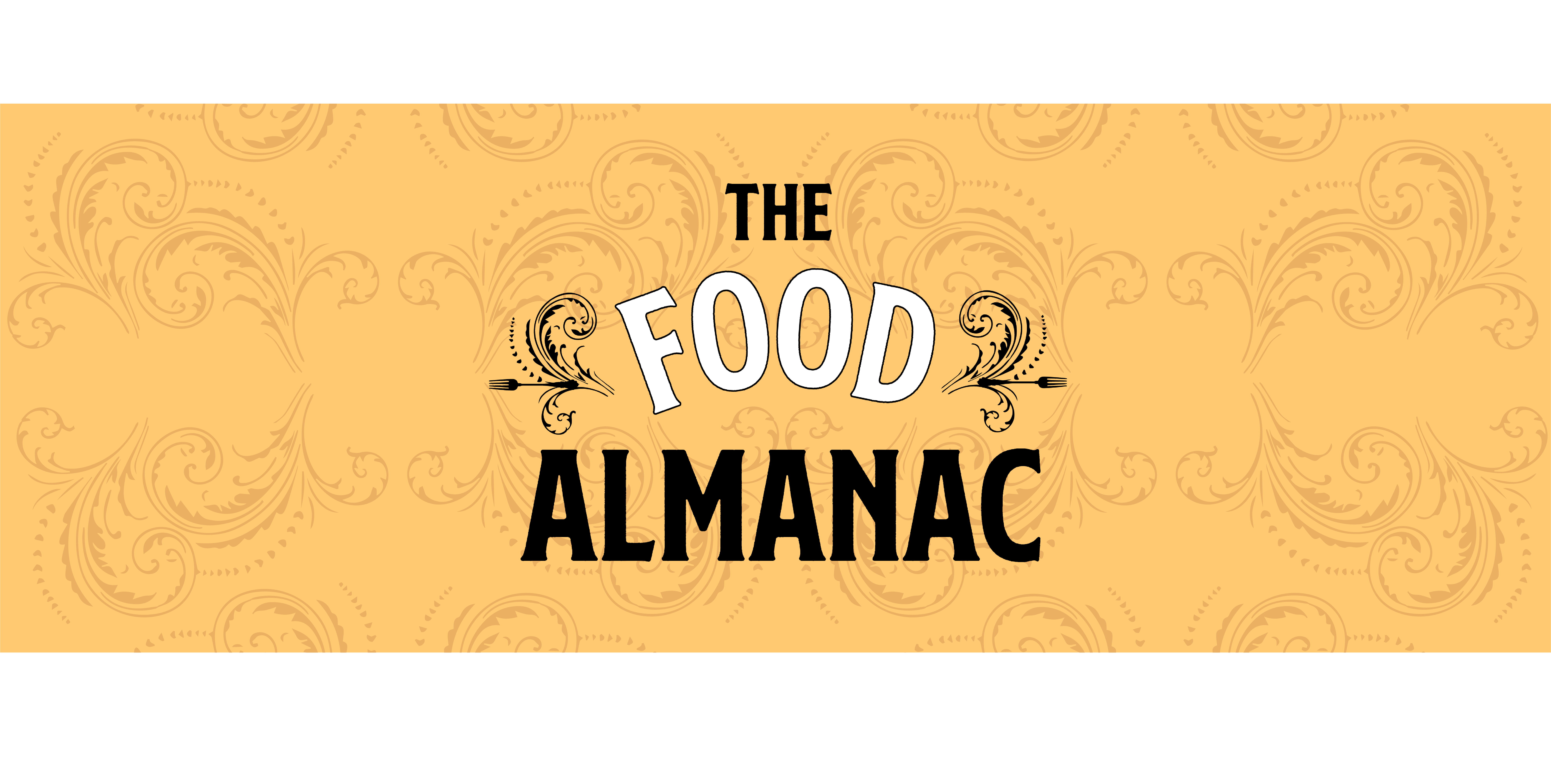It’s National Sugar Cookie Day. The definition of a sugar is as wide as the lore regarding its creation. Many theorize that the idea of the sugar cookie originated in Persia in the 7th century, thanks to an enterprising baker who thought to sell the mini-cakes he used to temperature test his oven. While this may well be true, the sugar cookie as we know it today originated in the 1700’s in Nazareth, Pennsylvania. Protestant settlers wanted an easy butter cookie made from simple ingredients. The easily shapeable cookie was a hit, and became the wildly popular and versatile treat we know today. The Nazareth Sugar Cookie was declared Pennsylvania’s state cookie in 2001. It would be an impressive feat to have never eaten or made a sugar cookie, and yet, no two versions are just alike. Most of the cheaply made store-bought versions you’ll find are soft and pillowy, but I prefer a crisper sugar cookie. If you plan on using cookie cutters, try using only egg yolk instead of a full egg - the removal of the moisture added by the egg white allows for less spread and distortion of your shapes while baking.It's also
Omelette Day. The quest for the perfect omelette obsesses--and frustrates--many avid eaters. The idea of an omelette is appealing: a couple of eggs fluffing up as they cook, forming a matrix that can enclose almost any other food. Even sweet things can be incorporated into an omelette.Omelettes are the only egg dish we frequently eat outside the confines of breakfast. In that, we join the other cultures of the world; only in the United States and the United Kingdom are eggs thought of as exclusively a breakfast food. It's rare for omelettes to be offered at dinner, although that might be the best time to eat them.Cooking omelettes well requires a skillful hand. Tiny differences in the way omelettes are cooked result in major differences in flavor and texture. The best omelettes come from French chefs, or cooks taught by them. They have the right set of goals. Here's what I'm looking for in an omelette:
- Moist throughout, but runny nowhere.
- Unbrowned anywhere.
- A distinctly buttery taste.
- Fluffy, but still substantial.
- The ingredients merge nicely into the matrix.
To accomplish that, here's what's needed:
- Start with a large number of eggs, all whisked together. (This is an advantage restaurants have over home cooks in the omelette department.)
- Eggs at room temperature at the time of cooking.
- About a tablespoon of hot clarified butter.
- High heat, resulting in a cooking time was measurable in seconds.
- Eggs are never touched once they're in the pan. The eggs are moved around by deft wrist action with the pan, including the folding-over process. I would classify that last skill as comparable to that of a musician. It requires some practice. The specific motion is a quick jerk that makes the layer of egg closest to the bottom move away from the handle side of the pan. Then the still-liquid egg layer above it flows down to the exposed pan surface. After about ten jerks, coming at the rate of about one per second, all the egg has set, yet none of it has been in contact with the pan long enough to scorch.The New Orleans restaurant best known for its omelettes--the Camellia Grill--took a completely different tack. They whip the eggs into a light froth in a blender and pour it onto the grill. The result is very light and fluffy but dry, browned, and everything else I don't want. Once you have the egg part of the omelette down, you’re home free. The range of possibilities for the fillings is nearly infinite. My own favorite: fresh tomatoes, feta cheese, and fresh basil.

